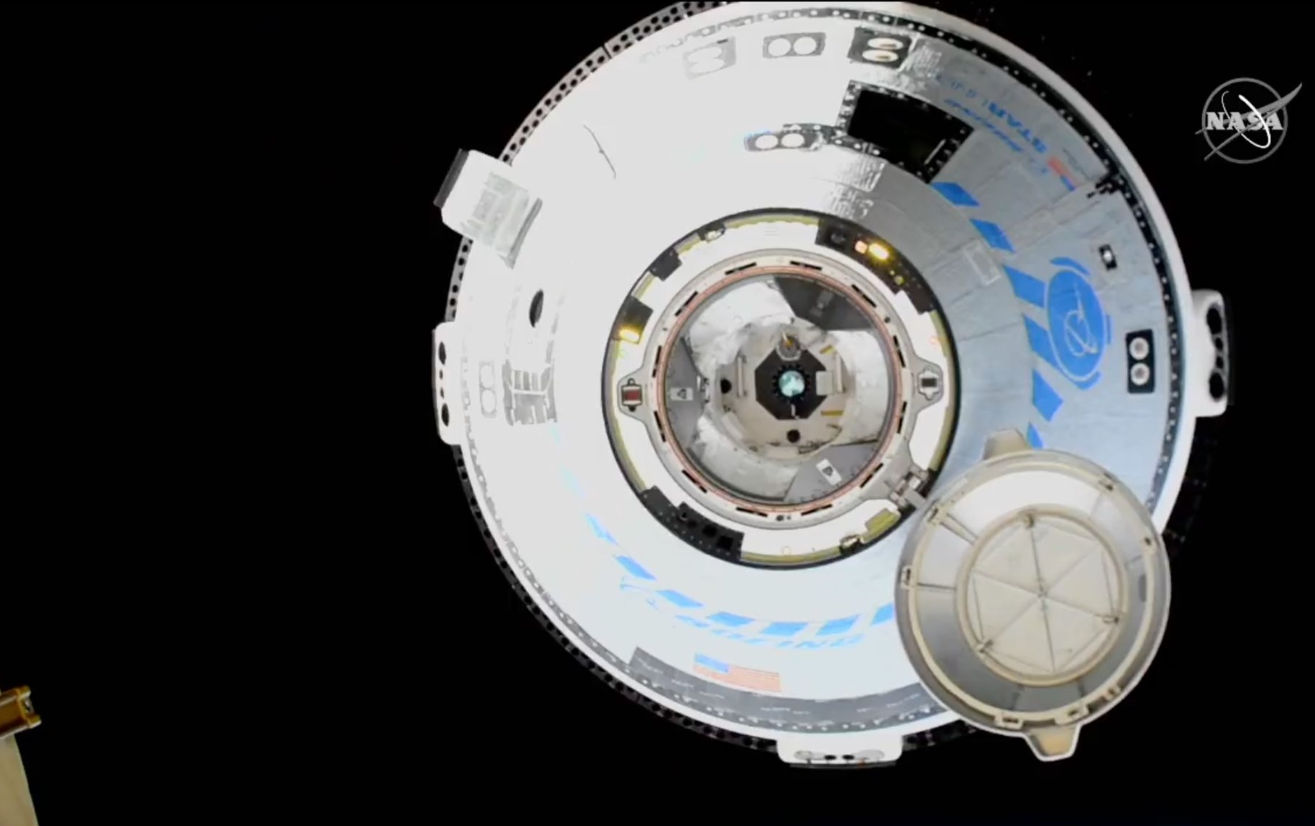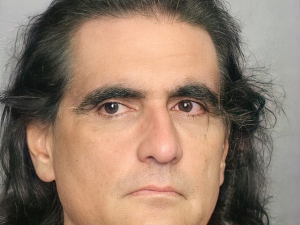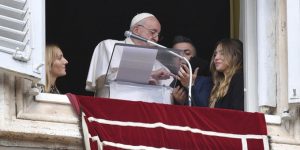Boeing‘s passenger spacecraft, the CST-100 Starliner, docked with the International Space Station (ISS) early on Saturday in its third run of an unmanned flight test, thereby effectively demonstrating that it can, in future, transport NASA astronauts to the ISS.
While the first attempt at the mission – Orbital Flight Test by NASA’s Commercial Crew – was undertaken in 2019, Boeing failed on that occasion due to a software glitch that prevented the capsule from getting into the right orbit.
Also read | Close shave! Russian space debris nearly destroys European satellite
NASA then allowed Boeing to do a re-run in August 2021, but that test was called off before launch due to problems in the launch vehicle’s propulsion systems.
Now, almost a year later, Boeing’s Starliner has successfully achieved the task it was designed to carry out.
That being said, Friday’s test – Orbital Flight Test-2 – did not come without its concerns: shortly after launch, there were concerns about the spacecraft’s ability to dock with the ISS as Boeing had reported a few issues with the Starliner’s thrusters on Thursday.
Also read | Between stars for 45 years, NASA’s Voyager 1 runs into mysterious trouble
While said issues may have contributed to a delayed docking, which took place at 00.28 UTC, an hour behind schedule, the test was successful nonetheless and sparked celebrations in Boeing camp that had been waiting for this moment for nearly two and a half years.
“Boeing Starliner spacecraft completes its historic first docking to the International Space Station opening a new avenue of access for crews to the orbiting laboratory,” a jubilant Steve Siceloff, Boeing’s communication representative, said during the livestream as the Starliner docked with the ISS.
Having completed the docking producer, the Starliner spacecraft will remain at the station for the next four to five days, following which it will start on the journey back to Earth.







